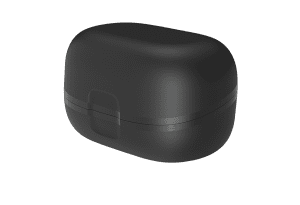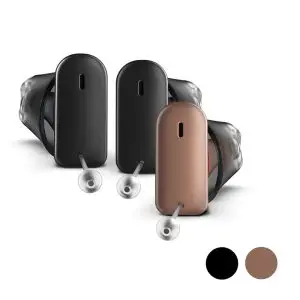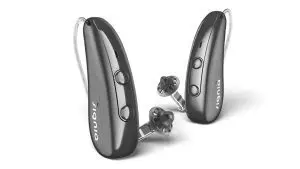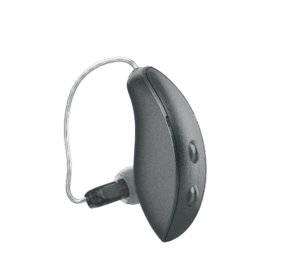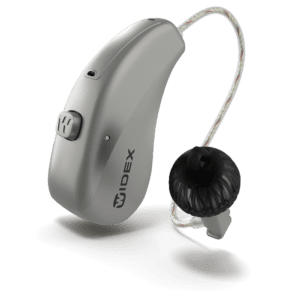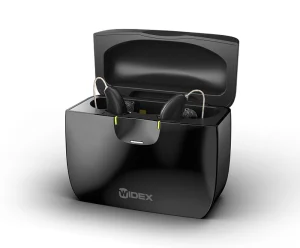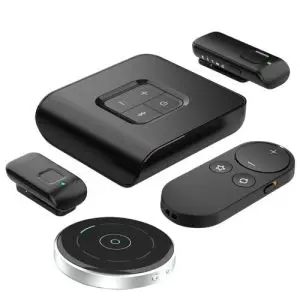From Inception to Tomorrow: A Comprehensive Guide on Rechargeable Lithium-Ion Batteries for Hearing Aids and Future Insights
In the realm of hearing aid rechargeable technology, lithium-ion batteries stand out as the preeminent solution for seamless and efficient rechargeability. This article explores the nuanced advantages of lithium-ion batteries for hearing aids. Emphasizing their role in revolutionizing the user experience for individuals relying on hearing aids.
The Elegance of Lithium-Ion:
Lithium-ion batteries have emerged as the pinnacle of sophistication in rechargeable energy storage. They offer users a seamless and refined method for maintaining optimal power levels in their hearing aids. The convenience they afford transcends mere practicality, embodying a nuanced elegance in the realm of hearing aid power management.
Lithium-ion batteries (Li-ion) are a type of rechargeable battery that has become widely used in various electronic devices due to their high energy density, lightweight design, and long cycle life. They play a crucial role in not just powering hearing aids but also powering smartphones, laptops, electric vehicles, and many other portable electronic devices. Here’s a brief overview of lithium-ion batteries and their history:
Composition and Working Principle:
Lithium-ion rechargeable batteries consist of three main components: a positive electrode (cathode), a negative electrode (anode), and an electrolyte. Typically, materials containing lithium ions make the electrodes. The electrolyte serves as a medium for the movement of ions between the electrodes during charging and discharging.
During discharge, lithium ions move from the anode to the cathode through the electrolyte. Therefore generating electrical energy that can be used to power electronic devices. In the charging process, the ions move back to the anode.
History of Lithium-ion Batteries:
The concept of lithium-ion batteries emerged during the 1960s and 1970s. Researchers like M. Stanley Whittingham, John B. Goodenough, and Akira Yoshino made significant contributions to the development of lithium-ion battery technology during this period.
In 1980, John B. Goodenough and Koichi Mizushima identified and developed cathode materials that significantly improved the performance of lithium-ion batteries. Sony Corporation commercialized the first lithium-ion battery in 1991. They developed a combination of lithium cobalt oxide as the cathode material and a carbon anode.
Evolution of Rechargeable Batteries:
Lithium-ion rechargeable batteries represent a noteworthy chapter in the evolution of rechargeable batteries. Succeeding predecessors such as nickel-metal hydride (NiMH) and nickel-cadmium (NiCd). Looking forward, the emergence of solid-state batteries signals a potential paradigm shift. Hopefully promising enhanced efficiency and sustainability in the landscape of rechargeable energy solutions.
Advancements and Applications:
Over the years, there have been continuous advancements in lithium-ion battery technology. Leading to improvements in energy density, safety, and cost. The widespread adoption of these batteries started in the 1990s and expanded rapidly in the 2000s. With applications ranging from consumer electronics for pleasure and healthcare to electric vehicles and renewable energy storage.
Key Advantages:
- High Energy Density: Lithium-ion batteries for recharging have a high energy density. Meaning they can store a large amount of energy in a relatively small and lightweight package.
- Long Cycle Life: Li-ion rechargeable batteries can endure numerous charge-discharge cycles before experiencing a significant decrease in performance.
- Versatility: Rechargeable Lithium-ion batteries are versatile and find applications in various devices, from small electronics to large electric vehicles.
- Reduced Memory Effect: Unlike some other rechargeable batteries, lithium-ion batteries that recharge exhibit minimal memory effect. Meaning they don’t need to be fully discharged before recharging.
The Recharging Process:
Recharging a lithium-ion battery within a hearing aid is a straightforward process marked by sophistication. Whether facilitated through a dedicated charging dock or a direct connection, users benefit from an effortless and expeditious recharge. Offering extended periods of uninterrupted auditory support.
Lithium-ion Batteries for Hearing Aids and their Tailored Charging Solutions:
The diversity of chargers accompanying different hearing aid models is a testament to the commitment to precision and optimization within the industry. Meticulously designed chargers align with the nuanced specifications of each individual hearing aid model. Therefore ensuring an optimal charging experience tailored to the unique characteristics of the device.
Lithium-Ion Battery Variants:
In terms of shape, lithium-ion rechargeable batteries can generally be flexible and designed to fit specific technical devices.. The flexibility of lithium-ion battery form factors allows manufacturers to adapt the battery to the unique size and shape requirements of various devices. Here are some key points regarding the flexibility of lithium-ion batteries:
- Form Factor Design: Lithium-ion rechargeable batteries can be manufactured in various shapes and sizes to accommodate the specific design constraints of different devices. This flexibility enables them to be integrated seamlessly into the structure of the device.
- Thin and Flexible Designs: Lithium-ion rechargeable batteries can be engineered to be thin and flexible. Making them suitable for applications where space is limited like a hearing aid or where a specific form factor is desired. This flexibility, thus, is particularly advantageous for wearable devices and other compact electronics.
Ethical Reflections on Harvesting Lithium-Ion Batteries for Hearing Aids and Beyond:
As lithium-ion rechargeable batteries play a pivotal role in technological progress, it becomes imperative to address the ethical considerations arising from the process of lithium harvesting. The ethical dimensions surrounding mining operations and their environmental implications prompt a thoughtful examination of responsible resource extraction practices.”
We understand from the research and use that lithium-ion rechargeable batteries epitomize a harmonious convergence of technological sophistication and user-centric design. Positioning themselves as the preferred choice for hearing aid power management. As the industry continues to innovate, the progress indicates a future where hearing aids seamlessly integrate cutting-edge energy solutions. Consequently elevating auditory experiences to unparalleled heights.
The Future of Rechargeable:
One such energy that hearing aid manufactures have threatened are fuel cell rechargeable batteries. These represent an innovative approach to energy storage and delivery. Unlike traditional batteries that rely on chemical reactions, fuel cells generate electricity through the electrochemical conversion of hydrogen and oxygen. Producing water and heat as byproducts. These rechargeable systems offer advantages in terms of high energy density and the potential for rapid refueling. Making them suitable for various applications, including portable electronics and vehicles. Fuel cell rechargeable options hold promise for a cleaner and more sustainable energy future, as they produce electricity with lower environmental impact compared to some conventional batteries. As research and development in fuel cell technology progress, these rechargeable systems may play a crucial role in addressing the growing demand for efficient and environmentally friendly power sources.


